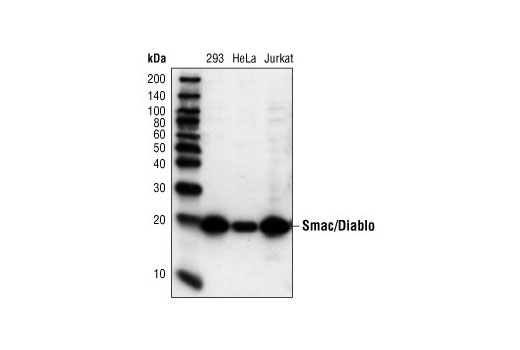

H1299 cells were transfected with shRNA against NIK or the control vector for 48 h and then treated with 10 μM LCL161 or DMSO for 24 h. NIK is required for LCL161-induced NF-κB pathway activation and cell elongation, invasion and migration. Plots are the mean ± SEM of data from three independent experiments. The migrated cells in a collagen-coated transwell migration chamber were fixed and stained with crystal violet, and optical density was measured. e A549 and H1299 lung cancer cells were treated with the indicated concentrations of LCL161 or DMSO for 48 h. After treatment with the indicated concentrations of LCL161 or DMSO for 24 h or 48 h, the wound-healing process was monitored by an inverted light microscope. The medium was removed, and wounds in the confluent monolayers were produced with a 100-μl pipette tip. c, d A549 and H1299 lung cancer cells were plated and allowed to grow to confluence.

The cell elongation index (length/width) was determined by measuring cell length and width. Cell morphology was analysed by phase-contrast microscopy. b H1299 / A549 cells were treated with 10 μM / 25 μM LCL161 or DMSO for 24 h. Cell viability was detected by the MTT assay. a A549 and H1299 cells were treated with the indicated concentration of LCL161 or DMSO for 24 h. LCL161 triggers lung cancer cell elongation, invasion and migration at a nontoxic concentration. LCL161 Llung cancer NF-κB pathway OTUD7B Smac mimetic. Our study highlights the importance of OTUD7B in the suppression of LCL161-induced lung cancer cell invasion and migration, and the results are meaningful for selecting lung cancer patients suitable for LCL161 treatment. Finally, we investigated whether OTUD7B inhibits LCL161-induced lung cancer cell intrapulmonary metastasis in vivo, and our analysis of clinical samples was consistent with the above findings. Furthermore, the OTU domain of OTUD7B is required for the inhibition of LCL161-induced cell invasion and migration, as demonstrated by transfection of the C194S/H358R(CH) mutant OTUD7B. Notably, OTUD7B directly binds to TRAF3 rather than to NIK and deubiquitinates TRAF3, thereby inhibiting TRAF3 proteolysis and preventing NIK accumulation and NF-κB pathway activation. Interestingly, we discovered that OTUD7B increases TRAF3 and decreases NIK to inhibit the non-canonical NF-κB pathway and that overexpression of OTUD7B suppresses LCL161-induced cell invasion and migration. Importantly, knockdown of NIK dramatically suppresses LCL161-induced cell invasion and migration by reducing the proteolytic processing of p100 to p52 and target gene transcription. Mechanistically, LCL161 results in NIK accumulation and activates the non-canonical rather than the canonical NF-κB pathway to enhance the transcription of target genes, such as IL-2 and MMP-9. We found that LCL161 stimulates lung cancer cell elongation, invasion and migration at non-toxic concentrations. Expression levels of OTUD7B, NIK and TRAF3 in tissue samples from lung cancer patients were examined by immunohistochemistry. The role of OTUD7B in regulation of the TRAF3/NIK/NF-κB pathway under LCL161 treatment was analysed by immunoblotting, immunoprecipitation, luciferase and ubiquitin assays, shRNA silencing and plasmid overexpression. Functional analyses (in vitro and in vivo) were performed to detect the contribution of NIK and OTUD7B to LCL161-induced cell invasion and migration. We assessed lung cancer cell elongation, invasion and migration under treatment with the Smac mimetic LCL161. However, a recent study showed that Smac mimetics can trigger cell invasion and migration in cancer cells by activating the NF-κB pathway. Smac mimetics are a type of drug that can induce apoptosis by antagonizing IAP family members in cancer treatment.


 0 kommentar(er)
0 kommentar(er)
